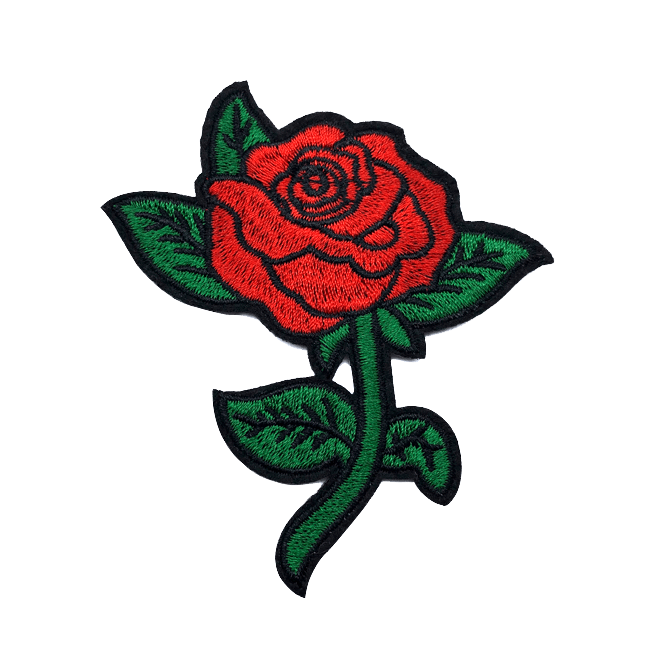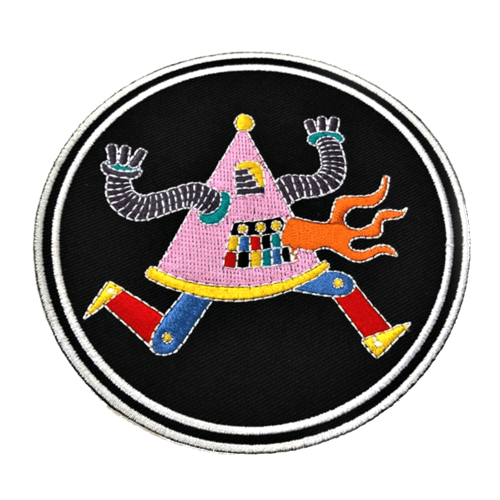A patch is a small label that can be sewn onto the fabric of an item or pinned in place. It's one way to create customized clothing, and some people use them for identification purposes while others find it retro cool!
The first recorded usage was by military uniforms more than 4500 years ago; patches have been around since at least 6th century BC due their apparent effectiveness on providing individual recognition between soldiers during battle time periods when they were needed most - which makes sense because who wants someone else wearing your clothes? You get all these compliments too.
The old adage that "necessity is the mother of invention" might never have been more true than for embroidery patches. Embroidered designs, which were originally put on clothes to conceal flaws and mark people in jerseys turned out to be a gold mine when companies started using them as symbols across all industries about five years ago - from government organizations down through sports leagues or businesses alike!
Young people came out onto the streets in early ’60s to protest against America's involvement in Vietnam. After that, another counter movement emerged with their signs of unity and flower headbands; they were ideologues who embraced love for others as well empathy--but this time there was no room left for any other opinion but theirs. Though these movements significantly impacted worldwide trends (and caused many changes), one thing never changed: Hipsters got military second-hand clothes from festivals like Woodstock or riots after race riots across America then embellished them by applying patches made specifically out cloth which exhibited different kinds symbols such as peace banners...or revolutionary messages meant ironically at best. The meaning of patches has changed, but they're still an identification and unity badge. The hippie movement transformed into the punk rock culture in late ’70s early 80’s when people had just enough peace-and compassion to battle with problems before taking more extreme steps like spikes or chains.
Punk fashion became popular in the UK and Europe, when designers like Viviane Westwood helped to popularize it. They created clothes for punks who wanted patches of their favorite performers sewn onto jackets or vests with denim fabric stretched over an elastic core. Punks were typically labeled as anti-fashion because they rejected mainstream society by wearing things that would not last long instead if being able to buy new replacements every few months at most - just one example is jeans which are constantly being replaced due small alterations made during production time!
The 80s saw the rise in popularity of heavy metal, which was typically associated with bands like Black Sabbath and Led Zeppelin. Metalheads are often stereotyped to be anti-social people who dress all black (even if they don’t wear leather), have long hair down past their shoulders, spend hours playing guitar or showing off tattoos on stage; however this couldn't be further from the truth! These days you might see them sporting spikes while dancing around at a festival or proudly wearing patches--they just love expressing themselves artistically through music no matter what style it takes.



































